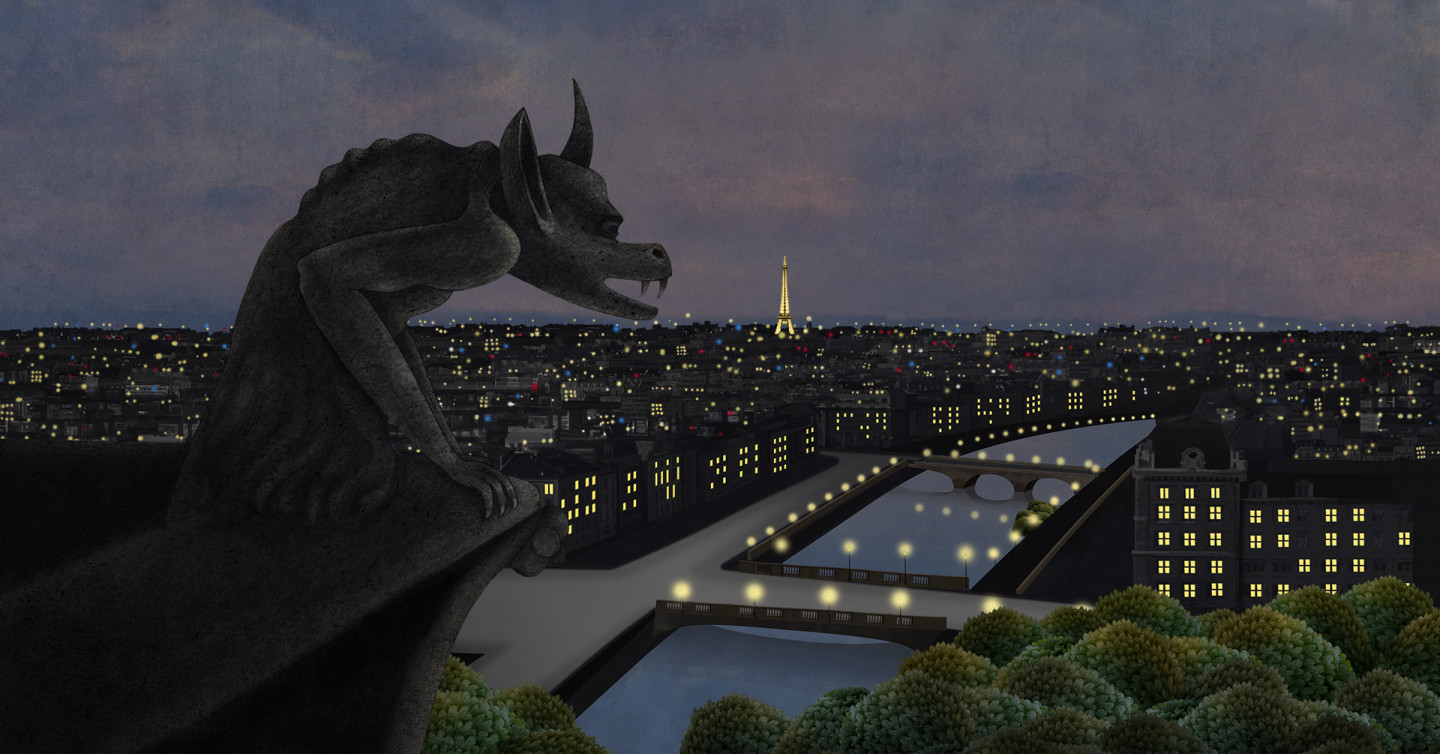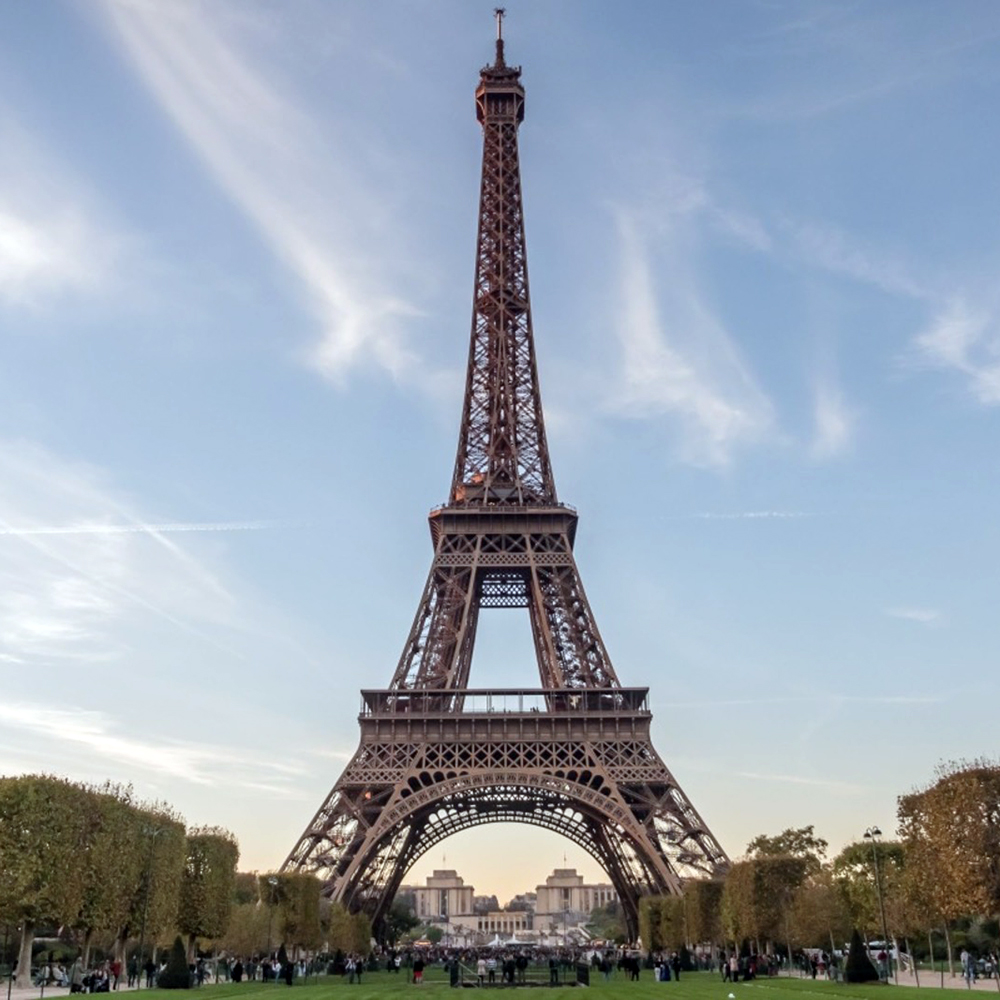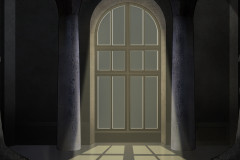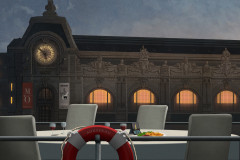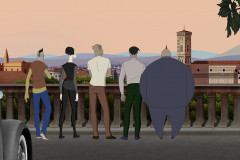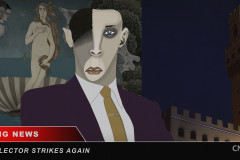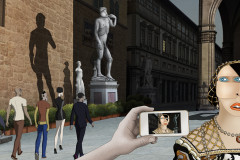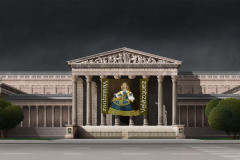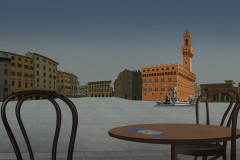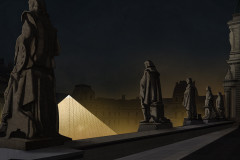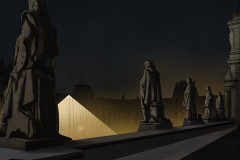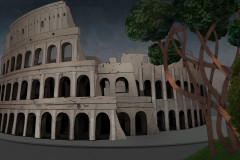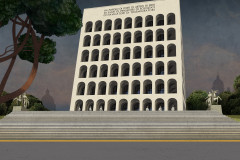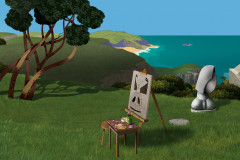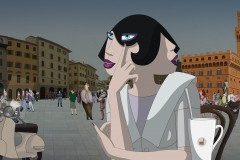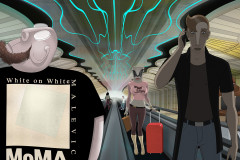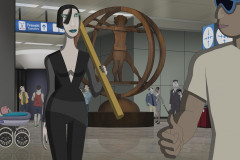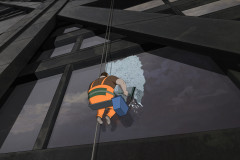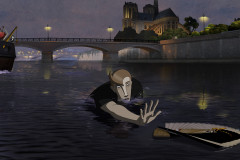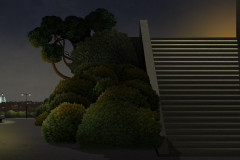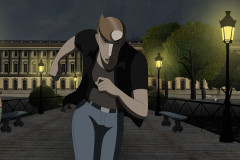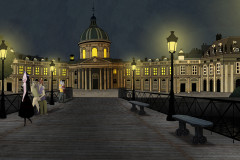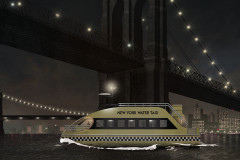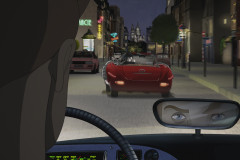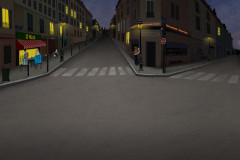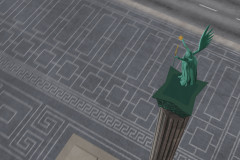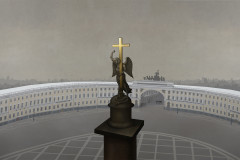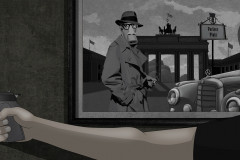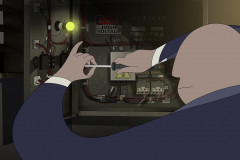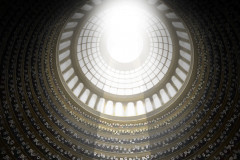Vajon építészetnek tekinthető-e az, amikor előre gyártott fém elemekből mindössze 26 hónap alatt összeszerelnek egy tornyot? Ilyen kérdéseket vet fel az ipari építészet. Sokan, többek között híres emberek is épp emiatt tiltakoztak az Eiffel-torony megépítése ellen, amit az 1889-es párizsi világkiállításra terveztek. „Nem bízunk a nagy emberekben.” – mondta erre állítólag Gustave Eiffel.
A 324 méter magas, 12.000 acél elemből álló tornyot alig több mint két év alatt építették, és – manapság már ritkán látunk ilyet - a határidőket betartva adták át a világkiállítás előtt. A kiállítás 6 hónapja alatt 2 millióan látogatták meg az Eiffel-tornyot. Eredetileg lebontották volna a kiállítás után, de a párizsiak megkedvelték, így végül megmaradt, és egészen 1930-ig a világ legmagasabb épülete volt. Ezt a címet épp a new yorki Chrysler Building vette el tőle, ami szintén feltűnik egy villanásra a filmben. Mára az Eiffel-torony Párizs egyik legismertebb jelképévé vált. Pedig az „Öreg Hölgyet” már kétszer is eladta egy szélhámos, Victor Lustig ócskavasnak, a németek a II. világháborúban fegyvert akartak belőle készíteni, és többször felmerül, hogy lebontják. Ezek ellenére az Eiffel-torony áll és virul, mi pedig egészen 276 méteres magasságig felliftezhetünk benne.
A Ruben Brandt-filmben sokszor feltűnik a világhíres torony, mintegy útjelző. A film plakátján is megjelenik, így bár a cseleményben nem kap helyszíni szerepet, mégis fontos szerepet játszik, mint meghatározó háttér, sok más épülethez és tárgyhoz hasonlóan a filmben. Ezek a hátterek mindig egy újabb stiláris, vagy tartalmi kontextust vonnak a film történetéhez. Pont ezért is született az OkosMozi ötlete, hogy a vizuális motívumok pontos áttekintésével elérjük a Ruben film igazán izgalmas 360 fokos vizuális hatását, miszerint a nézőnek az az élménye marad, hogy ebben a filmben szinte minden fontos kép, és épület és tárgy és film benne van.
Can it truly be called architecture when a tower is assembled from prefabricated metal parts in just 26 months? This is one of the questions raised by industrial architecture. Many people—including well-known public figures—protested the construction of the Eiffel Tower, designed for the 1889 Paris World’s Fair. “We do not trust great men,” some reportedly said. To which Gustave Eiffel is said to have replied: “Then let's prove them wrong.”
Standing 324 meters tall and composed of 12,000 iron parts, the tower was built in just over two years—and, quite remarkably, completed on time before the fair’s opening. During the six-month exhibition, it attracted 2 million visitors. Initially, it was to be dismantled after the event, but Parisians grew fond of it, and so the tower remained. It held the title of the world’s tallest structure until 1930, when it was surpassed by New York’s Chrysler Building—which, incidentally, also makes a brief appearance in the film. Today, the Eiffel Tower is one of the most iconic symbols of Paris. And yet, the “Old Lady” has had quite a history: it was famously “sold” twice as scrap metal by con artist Victor Lustig, the Germans planned to turn it into a weapon during World War II, and there have been repeated calls to tear it down. Despite all this, the Eiffel Tower still stands—and you can take an elevator all the way up to 276 meters.
The world-famous tower appears frequently in Ruben Brandt, Collector, acting as a kind of visual waypoint. It even features on the film’s poster. While it doesn’t serve as a location for the action, it plays a key role as a striking background—one of many buildings and objects in the film that add stylistic or narrative context to the story. This is precisely what inspired the concept of OkosMozi: by closely examining the visual motifs, viewers can appreciate the film’s truly immersive 360-degree visual impact. The result is the feeling that everything—every important image, building, object, and cinematic reference—is somehow woven into this film.






